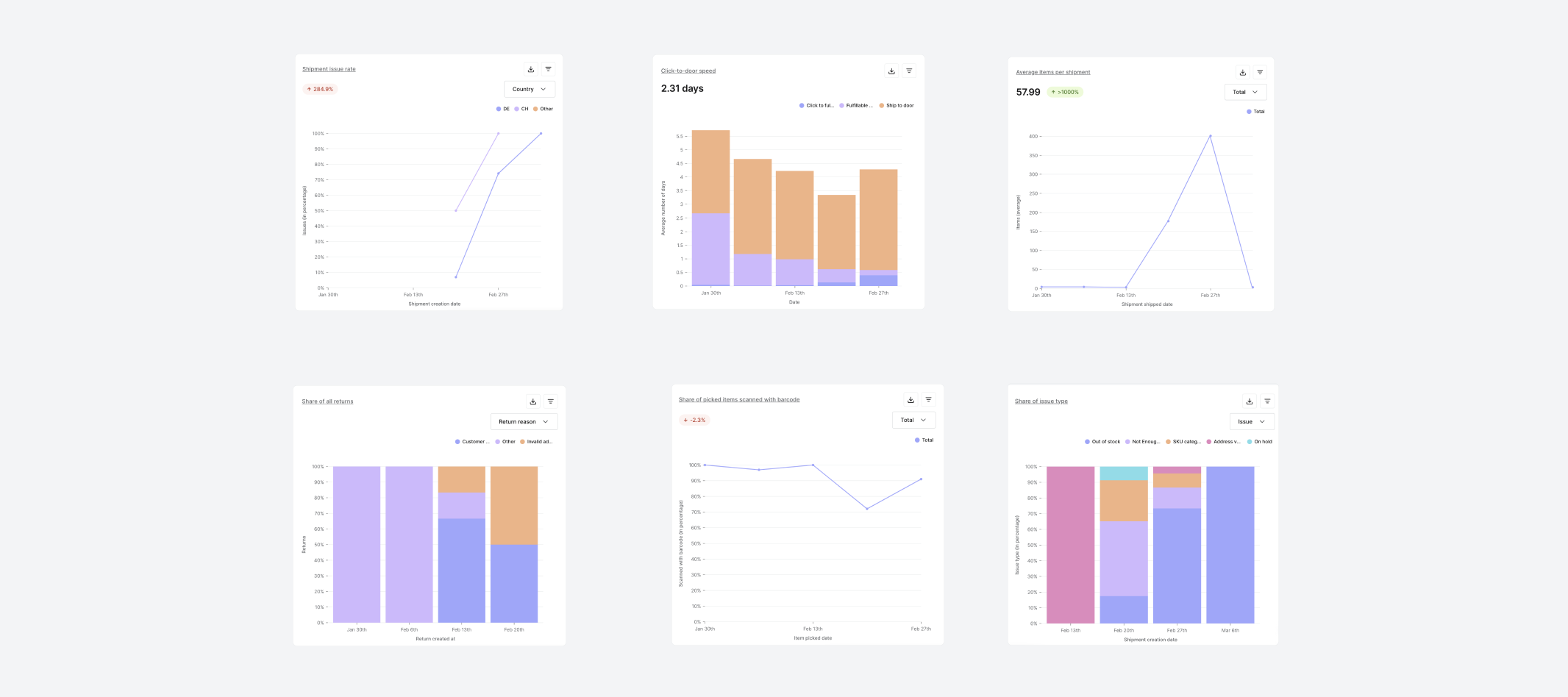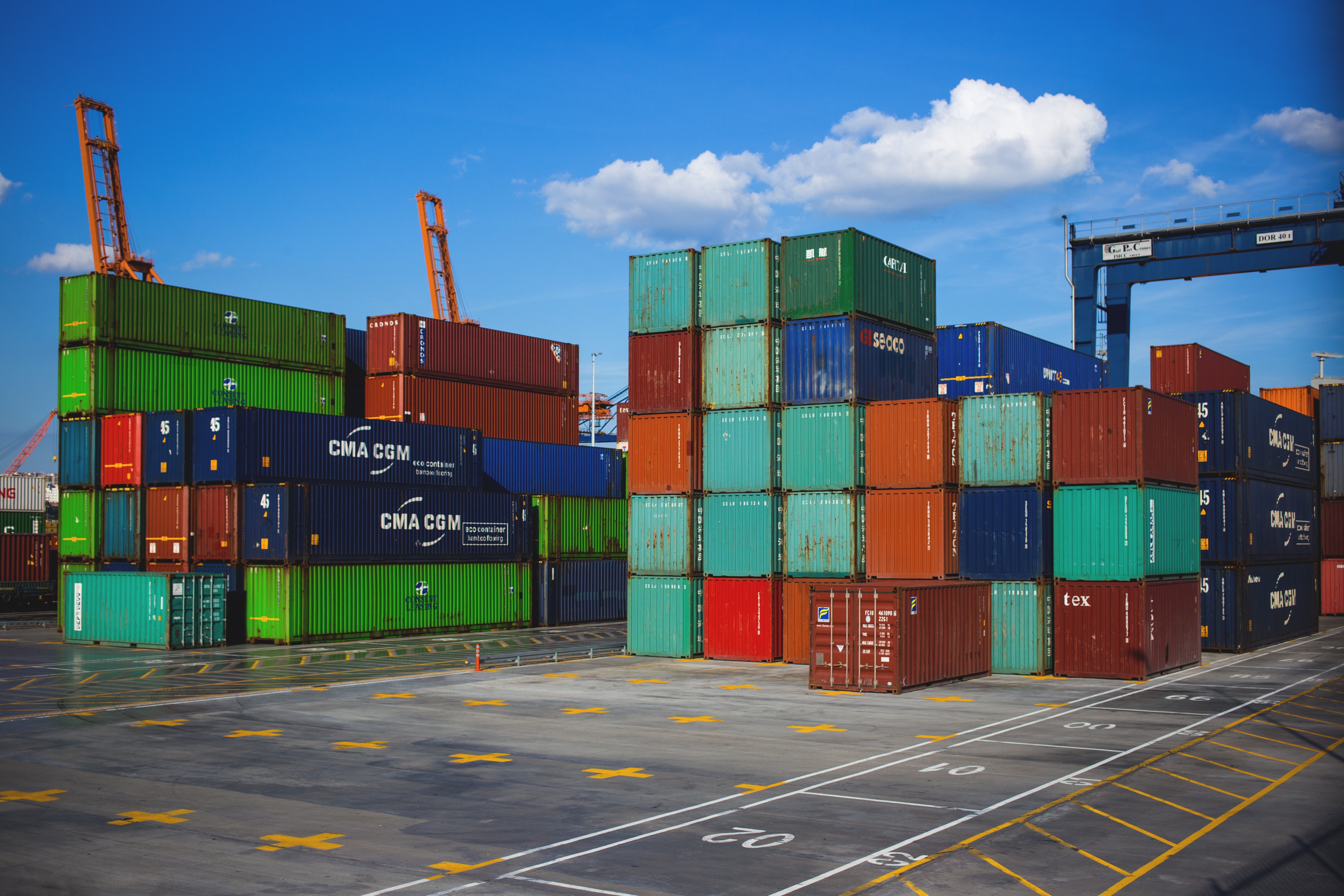Ecommerce Fulfillment Guide To Grow Your Business
Learn everything you need to know about ecommerce fulfillment services from order generation to delivery.
.png)
E-commerce order fulfillment involves a lot of moving parts. This is true whether you are a new online retailer or an established, multinational ecommerce brand. For an ecommerce business to succeed, products need to be out the door and on the way to their final destination as quickly and efficiently as possible.
You need effective ecommerce fulfillment services to align with customer preferences and meet demand. Customers have higher delivery expectations than ever before, largely because of the Amazon fulfillment model, so it is crucial to get your strategy right.
What is e-commerce fulfillment?
In general terms, fulfillment is the complete process of dealing with a customer order - from the point of sale to delivery at their home or business premises. In broader terms, fulfillment is a specific logistics services model that is widely used by e-commerce companies. Most ecommerce businesses tend to use a third-party logistics (3PL) provider to execute their order fulfillment strategy.
If you sell online, a 3PL provider can offer you an entire range of fulfillment services, including the storage and shipping of products - including those with special requirements, such as fragile or temperature-sensitive items.
Fulfillment glossary
Before we get into the fulfillment process, let’s define some terms.
Fulfillment center
A fulfillment center is where products are stored before being shipped out to the end customer. Fulfillment associates work there picking and packing orders.
Pick and pack
Pick and pack is the process of taking the orders from the picking shelves (the shelves of the fulfillment center) and placing them in picking boxes. These boxes are then given to the packers who pack the orders ready to be shipped.
Logistics
Logistics is a catch-all term for the processes from freight forwarding to last-mile delivery.
Reverse logistics
Reverse logistics on the other hand is about returns. For example, when a customer sends an order back to the fulfillment center, this is reverse logistics. Similarly, if items are faulty and need to be sent back to the supplier, this is also reverse logistics.
Last mile delivery
Last mile is the delivery done by the final carrier. This means that they take the package directly to the door of the customer. Last mile delivery can be done via van, cargo bike, or on foot.
Fulfillment provider
A fulfillment provider is someone who provides fulfillment services to brands. This means they take responsibility for storing, picking, packing, and shipping orders. This can be for D2C (direct to consumer) or B2B (business to business) orders.
International e-commerce fulfillment
International e-commerce fulfillment is when orders are fulfilled internationally. This can mean that orders are sent from a central location internationally, or that products are distributed across key markets such as with pan-EU fulfillment.
WMS
WMS stands for Warehouse Management System. This is the technology and physical processes used in the warehouse to manage picking and packing. You can discover how Hive develops its WMS here.
SKU
SKU stands for Stock Keeping Unit. An SKU is a unique code that is allocated to a product to keep track of inventory. This can be scanned by pickers and packers to confirm that they are handling the correct product.
3PL
3PL means Third Party Logistics - so logistics that is outsourced to another company. A 3PL partner can be responsible for a variety of the logistics processes such as freight, storage, fulfillment, and delivery.
4PL
A 4PL focuses on optimizing the entire supply chain and is the single point of contact for all things supply chain for a company.
Customs
Customs is the declaration of goods when they cross international borders. This can include customs forms to declare goods, such as the CN23, as well as tariffs for importing certain products.
How does the order e-commerce fulfillment process work?
The ecommerce fulfillment process involves several crucial steps.
Step 1 - E-commerce systems integration
If you use a 3PL service, e-commerce systems integration is the first step in the process. A 3PL provider can link up its systems with your e-commerce channel, whether it is Shopify, WooCommerce or similar, immediately automating some of the processes associated with your order fulfillment strategy.
Hive can offer integration with several e-commerce platforms available on the market, which enables us to continuously keep track of orders placed on your online store and immediately action them without any delays.
Step 2 - Receiving goods
In order to dispatch your orders, your 3PL provider will need to have your inventory in stock. For your 3PL service to receive goods, you would need items to be shipped directly from you or your supplier to your 3PL provider's fulfillment warehouse or fulfillment center (more on this a little later in the guide).
Your 3PL partner would store your items to keep everything organized and to ensure that inventory is easily accessible for picking, packing and then shipping.
Step 3 - Order picking
The order e-commerce fulfillment process is triggered when items actually need to be picked. Once an order reaches your 3PL provider's fulfillment system, it is allocated to a picking team. The picking team is issued with information which outlines details of an order including:
- The item(s) ordered
- The quantity
- Where the item is located in the warehouse
Step 4 - Packing
Once all the items for an order have been collected, they then need to be securely packed according to your specifications. If you are using a 3PL service, it's worth noting that they may charge you extra for packing materials, but most do include them as part of their order fulfillment services.
Your 3PL provider should use packing materials that will protect your products and ensure the lowest, practical dimensional weight to help keep your costs down. Where possible, you should use a 3PL service that utilizes eco-friendly packaging.
If having your brand on your packaging material is important, some 3PL services offer custom boxes featuring your logo.
Step 5 - Shipping
After orders have been packed, the next step is to ship items to customers. If you use a 3PL service, they will purchase shipping labels from a shipping carrier on your behalf. Some order fulfillment providers have preferred carrier partners, while others will shop around to secure the best shipping freight rates for customers.
One of the key benefits of outsourcing your e-commerce fulfillment is that the major carriers will often collect orders directly from the 3PL provider ready for shipping.
Once an order is in transit, you will be able to keep track of its progress and status. Depending on the technology used by your 3PL provider, you will be able to automatically or manually share tracking information with your customers.
Step 6 - Returns handling
The fast-paced nature of e-commerce order fulfillment means that mistakes or damage to items can occur. That's why it is important to have a no fuss returns handling policy. If you use a 3PL service, they will handle the process of getting items back to your store, including the preparation of goods for the next shipment and returning items to your inventory.
Returns in the e-commerce space are quite common, especially among fashion retailers. Dealing with returns can be resource- and time-intensive, which is why working with a 3PL ensures your returns are dealt with quickly and efficiently.
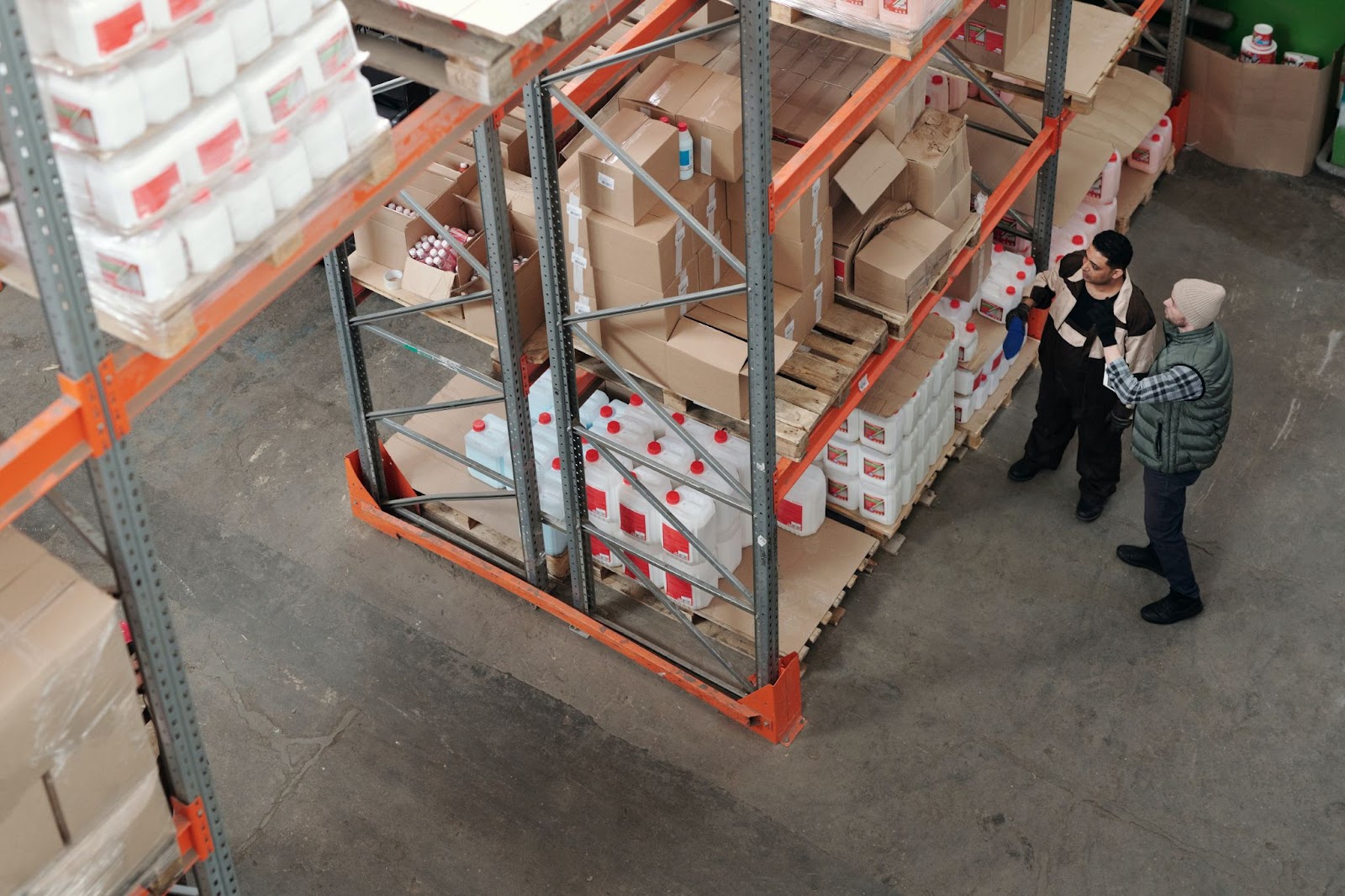
What is a fulfillment center?
A fulfillment center enables e-commerce merchants to outsource storage and shipping requirements, freeing your online business from having to rent out a physical space to store all your products. This is hugely beneficial if you do not have the capacity to directly manage your inventory.
A fulfillment center offers a simple solution for getting orders to your customers. You need to arrange for items to be transported to a fulfillment center and then your 3PL provider ensures orders are shipped to customers.
Online stores tend to suffer from inventory management problems, but fulfillment centers make inventory management much easier, freeing you to focus on the strategic side of your business. A fulfillment center helps you to coordinate your inventory and ship to customers quickly and efficiently.
A fulfillment center also gives you the option to scale-up your business in the future. If you plan to launch new product lines, or demand for your current product range is growing, a fulfillment center ensures you have everything in place to meet demand as your ecommerce company grows.
Plus, fulfillment centers improve the shipping and returns processes. Fulfillment centers are often able to negotiate better rates with carriers based on the volume of parcels that need shipping. Lower shipping rates mean that your e-commerce business could be in a position to offer free shipping to customers.
Your returns process will also be strengthened. Returns can be sent directly to a warehouse, rather than your operations base. This gives you greater flexibility and reduces the risk of any processing issues occurring.
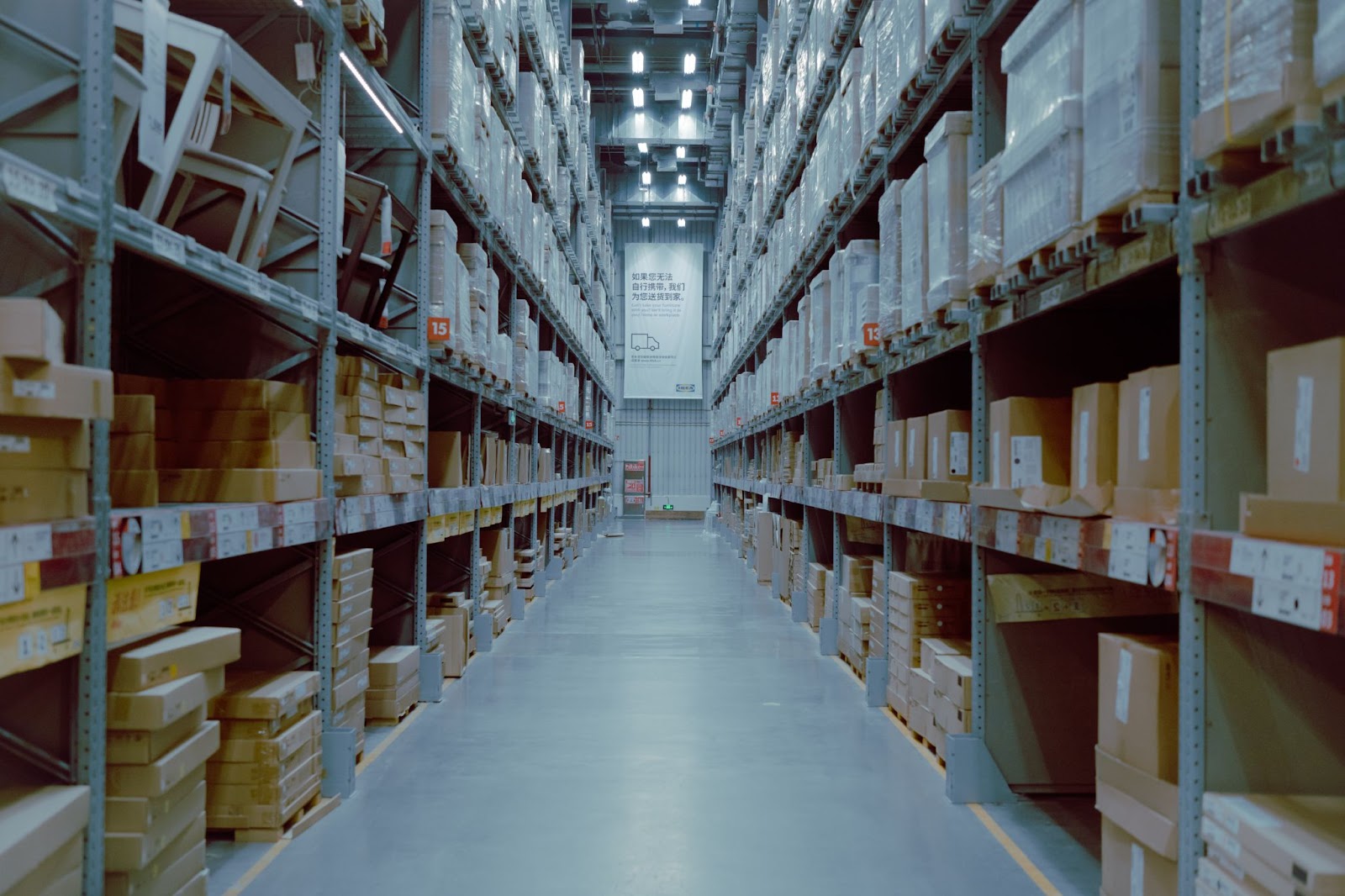
E-commerce fulfillment services: a key part of your e-commerce strategy
Your e-commerce fulfillment strategy is the driving force behind gaining loyal customers. A well-executed strategy will help to drive revenue rather than becoming a drain on time, money and resources. Here is how a well-planned e-commerce fulfillment service can add value to your business:
- Reduce shopping cart abandonment rates
- Cut shipping costs
- Increase cost savings on your bottom line
- Increase average order values
- Save hundreds of hours per week
The best e-commerce fulfillment services are a combination of several different services all flowing together, including:
Order fulfillment services
Order fulfillment is synonymous with ecommerce fulfillment services. A fulfillment service covers the basics or fulfilling orders such as picking, packing and shipping. Your ecommerce business is responsible for order fulfillment, whether you do it yourself or you partner with a fulfillment provider.
The order fulfillment process is triggered as soon as a customer buys something through your online store. There must be inventory in stock to begin the process, otherwise a stockout is likely to occur. Once items have been picked and packed in a warehouse or fulfillment center, the job of delivering orders to customers begins.
Managing orders
Managing orders covers every aspect of a customer purchase, including receiving, tracking and fulfilling customer orders across all of your sales channels. Your ecommerce business should ideally be equipped to handle all orders in one place.
This will ensure that you can monitor the status of each individual order at every stage - whether it's being processed, on-hold, out for delivery or delivered, returned orders or unfulfilled because you are out of stock.
Inventory management
Managing inventory is a crucial part of e-commerce fulfillment services. Keeping track of stock levels, including stored inventory, order and restocking inventory and inventory forecasting, is a necessity - not only for fulfilling orders, but keeping your costs down.
Having too much inventory can result in poor cash flow or paying too much to store items. You could end up with outdated products on shelves or you might not have enough stock available, meaning you can't fulfill orders, miss out on potential sales and a potential loyal customer.
You should have complete oversight of inventory levels in real-time. This will ensure that you are ordering the right amount of inventory when you need it and preventing stockouts.
If you use a 3PL company, they may let you store inventory across strategically located e-commerce fulfillment centers - whether it's regionally, nationally or internationally. This means products will always be close to your customers.
E-commerce shipping
E-commerce shipping is the delivery methods you offer your customers and how much you charge for delivering orders. Your shipping strategy very much hinges on the location you are shipping from, where your customers are based and the type of products you are shipping - for example, heavy items or products with special delivery requirements could be more costly to ship.
Speed of delivery and the technology and resources you have available will also determine how you set-up your shipping strategy. Fulfillment providers can secure discounted rates on bulk shipping, which means your e-commerce company could offer fast, affordable shipping to your customers. This is extremely beneficial for building a loyal customer base.
Warehousing
The storage of your products before fulfilling customer orders is where a 3PL provider can offer significant value to e-commerce companies. Sourcing your own warehouse space can be time-consuming and costly, but a 3PL service already has the infrastructure in place to store inventory, potentially saving you a fortune on renting warehouse space and managing your inventory.
International e-commerce order fulfillment
International fulfillment involves fulfilling customer orders made from countries outside of where your e-commerce company is based. To fulfill overseas orders, you will need to partner with a fulfillment center based abroad or have a strategy for shipping orders to other countries.
While e-commerce companies can easily receive orders from around the world, international order fulfillment can be challenging, especially given the current climate - for example, coronavirus, the Brexit fallout and the Ukraine-Russia conflict.
Then there are the different customs regulations in individual countries. For example, every nation will have different tariffs, taxes and criteria for allowing international shipments into the country. This makes the international landscape highly unpredictable and difficult to navigate.
International order fulfillment should be done using a third party ecommerce fulfillment provider so that experienced fulfillment specialists can help you to expand your international shipping strategy. A third party provider will have all the knowledge of customs regulations, shipping costs and more to offer you the best international shipping capabilities.
E-commerce order fulfillment software
Automating your e-commerce fulfillment is key to keeping up with customer demand, and this is where fulfillment software comes in. Fulfillment software helps to automate inventory, order management, picking, packing, shipping and delivery.
Technology connects e-commerce stores with third-party providers to enable people working in fulfillment centers to provide real-time order tracking information, complete transparency over inventory levels and provide forecasting projections.
Fulfillment software can even direct orders to fulfillment centers that are closest to customer locations.
Hive runs its own fulfillment centers using in-house developed software that allows us to deliver exceptional operations. With an all-in-one solution you are always on top of all processes and inventory.
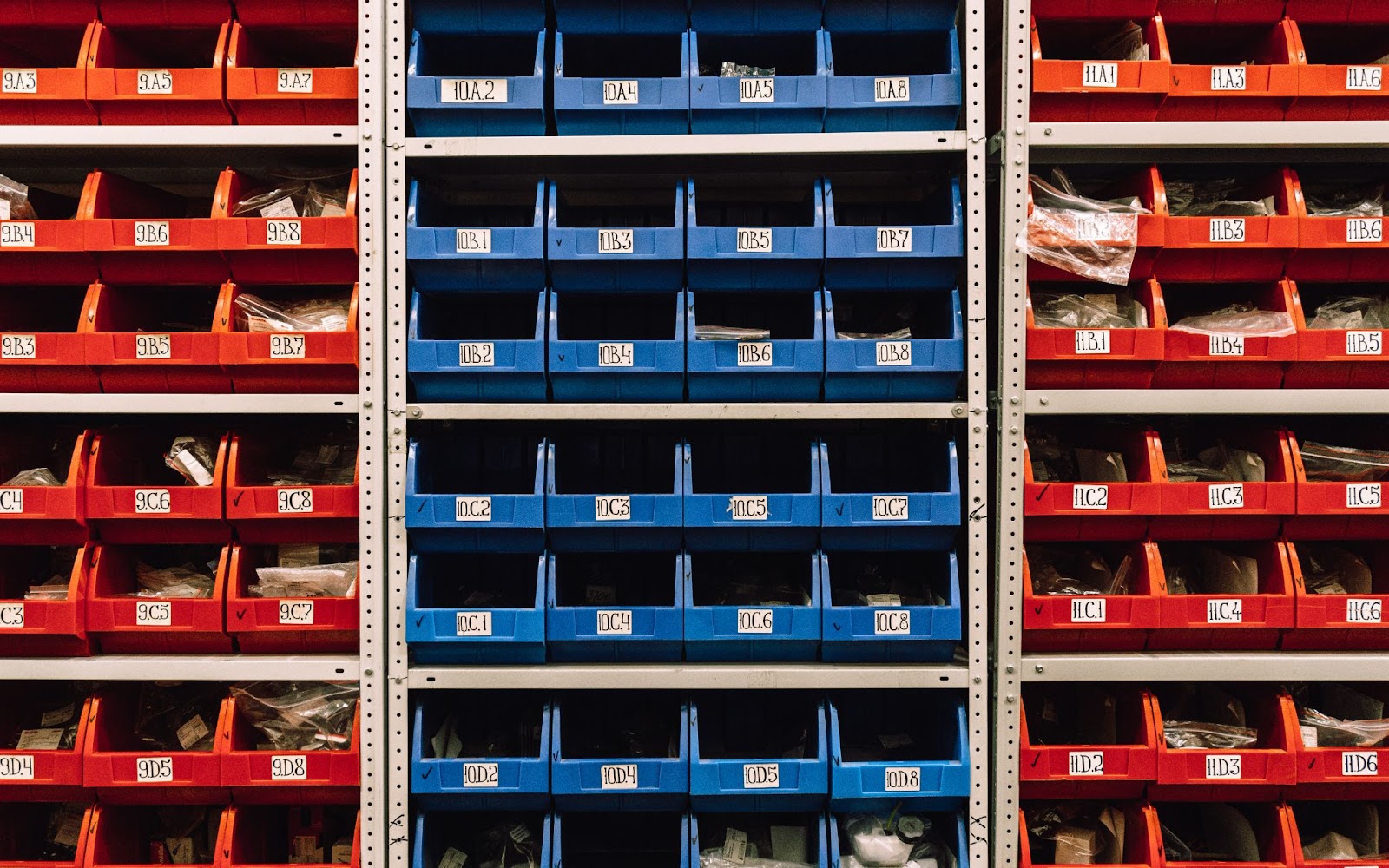
Fulfillment logistics for e-commerce business: when to outsource e-commerce fulfillment services to a 3PL partner
Fulfillment logistics is part of your supply chain and involves transporting customer orders and shipments, storing inventory in an e-commerce warehouse, picking, packing and delivering orders on time. Fulfillment logistics and order fulfillment have a lot of crossover, and managing it all can be a time-consuming and costly process.
That is why many companies choose to outsource their logistics. When choosing a partner to outsource your logistics, you should find a service that adds value to your company. Rather than being a cost drain, they should help to drive revenue, offer faster shipping, reduce errors and save you time on logistics administration.
You are ready to outsource your fulfillment logistics if:
- You are finding it difficult to manage order volumes
- You need more space for storage
- Much of your time is spent managing inventory
- You are not delivering your orders quickly enough
Hive is here to help you manage your fulfillment logistics. You can send your stock to our fulfillment center where we store it for you – without restrictions on volume or timing. You can easily announce incoming stock, without limitations, and we will be ready to restock upon arrival and share pictures with you.
We pack your products according to your requests and are happy to help you find the perfect packaging. We partner with all carriers and negotiate the best shipping prices for you, including direct injection partners for fast internationalization.
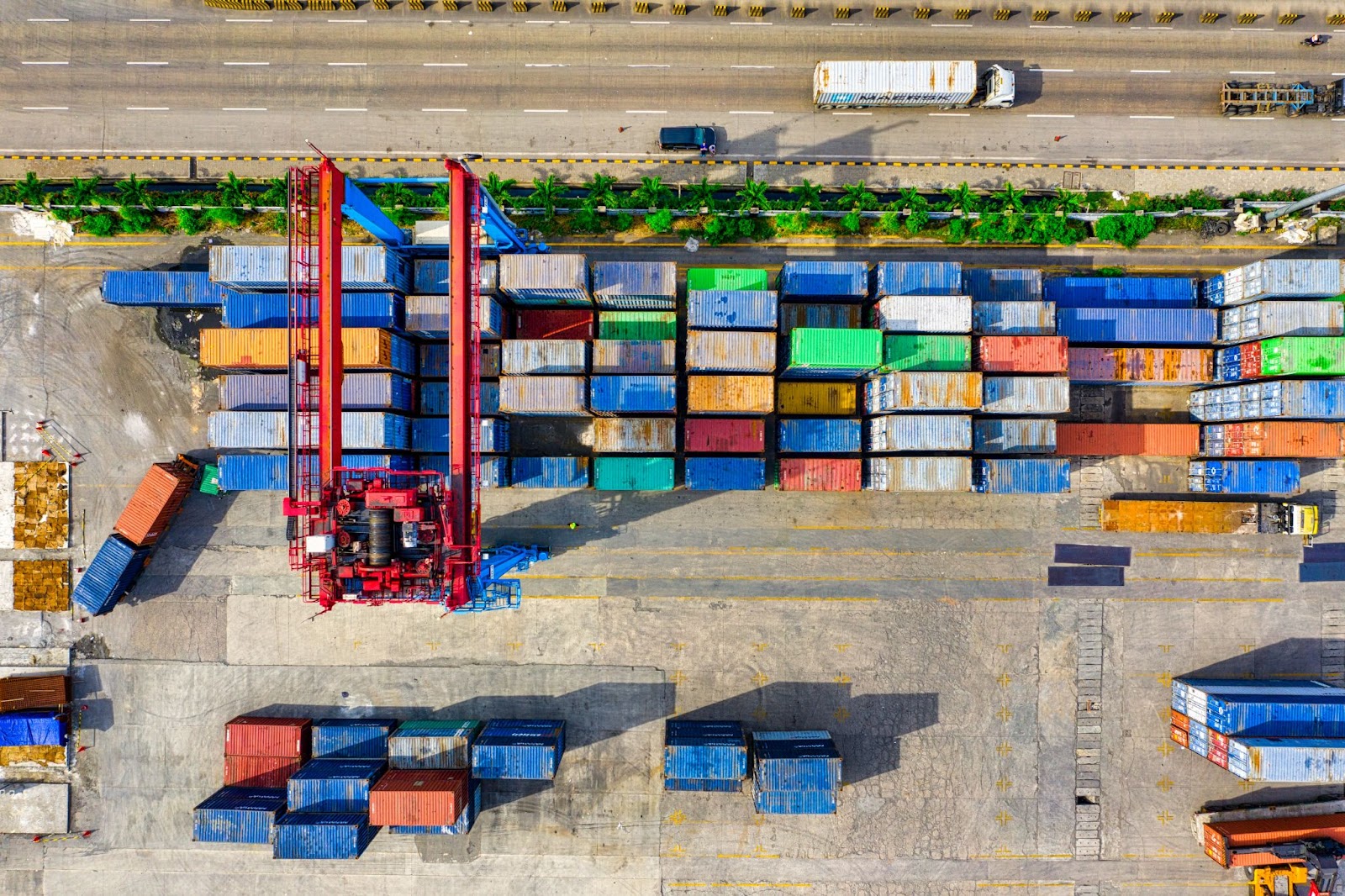
Omnichannel fulfillment
Omnichannel fulfillment is considered to be the strategy that every ecommerce business should be using right now.
It is a strategy where ecommerce companies use multiple selling channels to fulfill and distribute customer orders - irrespective of which sales channel an order came through. This type of strategy helps to avoid a strictly linear approach to fulfillment, which sees products only flow in one direction. For example, warehouse - store location - end customer.
Instead, an omnichannel fulfillment strategy adopts a much more agile approach with any combination of:
- Store-to-customer
- Warehouse-to-store
- Store-to-store
- Warehouse-to-customer
- Customer-to-warehouse
- Warehouse-to-alternative pick-up location
- Customer-to-store
The move toward omnichannel was accelerated by the COVID-19 pandemic and the need for e-commerce businesses to quickly adapt to changing customer demand and to stay competitive.
The benefits of omnichannel fulfillment include higher order efficiency by combining various channels into a single process, making fulfillment easier. This results in better productivity, excellent delivery accuracy and a more streamlined shipping process. All this leads to greater customer satisfaction and retention.
Omnichannel fulfillment enables e-commerce businesses to open up new sales channels, meaning that customers are more likely to find your products and return for more. Over time, this builds a stronger perception of your brand because if you are using different distribution channels, you will be seen to be more responsive to customer requirements and preferences. This sets you apart from competitors.
Working with Hive as your 3PL partner for ecommerce fulfillment services
Hive can handle all your operational needs from storage to picking, packing and shipping. Using our innovative technology, you can manage your inventory and access in-depth analytics.
You can also connect multiple shops to one set of Hive SKUs so that you can localize your ecommerce store across multiple marketplaces while keeping your operations simple and in one place. Get started, now.









.png)
.png)
.png)
.png)
.png)


.png)
.png)

.png)
.png)
